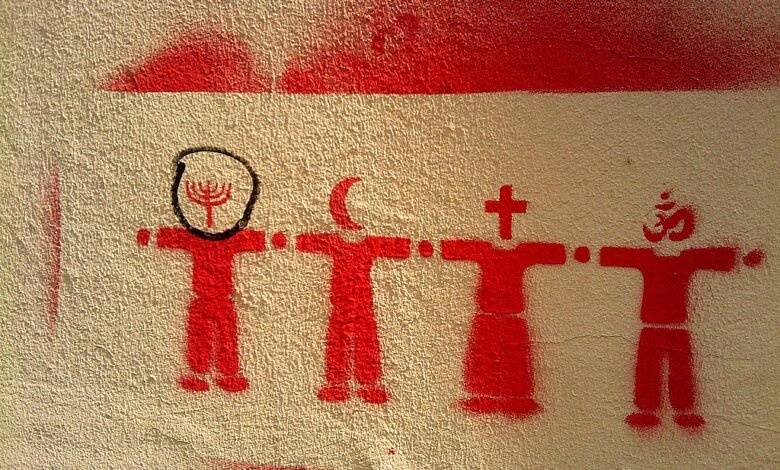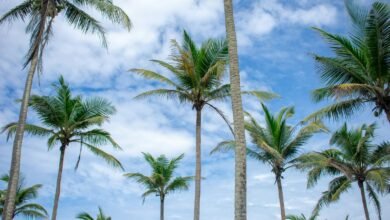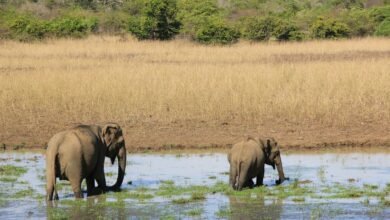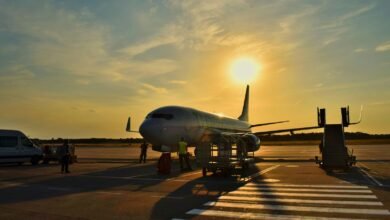Languages and Religions in Sri Lanka

Sri Lanka, a stunning island nation in South Asia, is a melting pot of languages and religions that reflect its rich cultural heritage. This diversity is a testament to the country’s long history and complex social dynamics. In this post, we’ll explore the main languages spoken in Sri Lanka and the major religions practiced by its people.
Languages of Sri Lanka
Sri Lanka is home to several languages, but the two primary ones are Sinhala and Tamil.
Sinhala
Sinhala is the official language of Sri Lanka and is spoken by approximately 74% of the population. It belongs to the Indo-Aryan branch of the Indo-European language family. Sinhala has a unique script derived from the Brahmi script and is known for its complex grammar and rich vocabulary.
Tamil
Tamil is the second official language and is primarily spoken by the Tamil ethnic group, constituting about 25% of the population. Tamil is also an ancient language, belonging to the Dravidian language family. The Tamil script, used in Sri Lanka, is similar to that used in India but has some unique features.
English
English is widely used as a link language and is spoken fluently by many Sri Lankans, particularly in urban areas and among the educated classes. It serves as a medium of instruction in many schools and universities and is commonly used in business and government.
Religions in Sri Lanka
The religious landscape of Sri Lanka is as diverse as its linguistic variety, with four main religions being practiced.
Buddhism
Buddhism is the predominant religion in Sri Lanka, with about 70% of the population identifying as Buddhists, primarily following the Theravada tradition. The religion has played a significant role in shaping the cultural and social fabric of the country. Important Buddhist sites include the Temple of the Tooth in Kandy and numerous ancient stupas across the island.
Hinduism
Hinduism is mainly practiced by the Tamil ethnic group, comprising about 12.6% of the population. The religion features a rich tapestry of traditions, festivals, and rituals. Significant Hindu sites include the Koneswaram Temple in Trincomalee and the Nallur Kandaswamy Kovil in Jaffna.
Islam
Islam is practiced by approximately 9.7% of the population, predominantly by the Moor and Malay communities. The Islamic faith in Sri Lanka is marked by its unique cultural practices and architecture. Notable mosques include the Jami Ul-Alfar Mosque in Colombo and the historic mosque in Mannar.
Christianity
Christianity is practiced by around 7.4% of the population, with both Roman Catholicism and Protestantism having a presence in the country. The faith was introduced by Portuguese and Dutch colonizers. Key sites for Christians include St. Anthony’s Shrine in Colombo and the historic churches in Jaffna.
Conclusion
Sri Lanka’s languages and religions illustrate the country’s rich and diverse heritage. Understanding this diversity is crucial for appreciating the island’s cultural landscape and the harmonious coexistence of its people. Whether you are visiting Sri Lanka for its natural beauty, historic sites, or cultural experiences, engaging with its languages and religions will enrich your journey.



